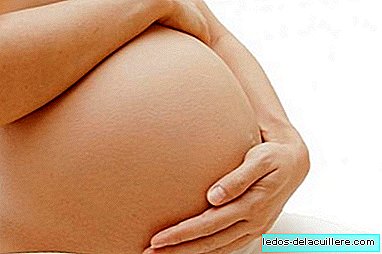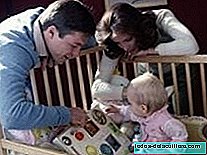
Autism Spectrum Disorder (ASD) is a group of neurological disorders that affect the ability to communicate and interact with other people, and of which it is unknown with certainty what causes it.
In recent years, there has been an increase in cases of autism, so there have been several studies that seek to find what could be causing this. The most recent of them, analyzes the relationship between the increase in the use of ultrasound and the probability of having an ASD.
This new study, published in JAMA Pediatrics, was given the task of investigating whether the increasing number of ultrasounds during pregnancy was related to the increase in ASD cases, which According to the study, it currently affects 1 in 68 children.
In animal studies, it was found that ultrasound could affect neuronal migration adversely, so this made them wonder about its influence in autism cases. For it the amount, duration and force (amplitude, speed, frequency and wavelength) of the ultrasound were measured, in children who later had an ASD, developmental delays and in children with typical or normal development.
For this control study, 420 children were involved, of which 107 had some ASD, 104 had a developmental delay and 209 had normal development. Information about each child's ultrasound was obtained from their mothers' medical records during pregnancy and delivery at the Boston medical center, between July 1, 2006 and December 31, 2014. All children were born during or after the 37th week of gestation.
The study found that There is no relationship between the amount and duration of ultrasound performed during pregnancy and the possibility of having an ASD.. However, ultrasound scans could be associated with disturbances in neuronal migration and the possibility of having ASD in the future.
The amplitude of an ultrasound includes the wavelength, which is the distance the wave travels to complete a cycle or period. in this case, it was found that the mothers of children with autism had deeper ultrasounds than those who had normal or delayed development. Ultrasound depth refers to the distance between the mother's skin, which is where the transducer or ultrasound machine head is placed, and where the baby is.
This topic of the depth of ultrasound could be related to a study of some years ago, in which the relationship that existed in obesity during pregnancy was analyzed, with the possibility that the baby suffered autism in the future, found that women with obesity were 60% more likely to have a child with autism.
Several studies and scientists agree that autism could be caused by a series of various genetic and environmental factors, although current research suggests that more than 15 genes are involved in autism and much more is still needed to continue studying in this subject . But in general, the researchers conclude that By themselves, ultrasound does not cause any ASD, nor is there evidence that they cause developmental delays or deficiencies, so they are safe to perform by medical professionals.












